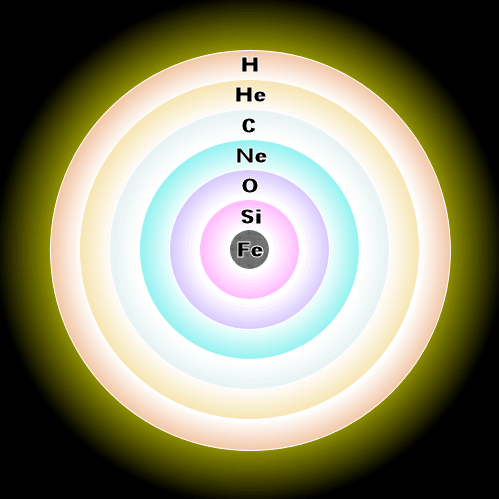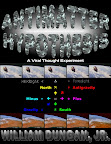Fusion is a consequence of gravitational force. Sun mass stars produce elements up to the range of oxygen, generate planetary nebulae, and become white dwarfs. More massive stars produce elements as heavy as iron, collapse to form neutron stars or black holes, and go supernova.
| White Dwarf | |
| Chandrasekhar Limit |
| Neutron Star | |
| Schwarzschild Radius |
| Black Hole | |
Gravitation causes fusion; atomic nuclei are pressed together producing heavier elements. After the maximum number of fusion reactions are done then there’s no more outward pressure due to fusion. The core collapses, and a shock wave sheds all the outer layers of lighter elements into surrounding space.

 Supernovas
Supernovas are the only viable candidate we know of for chemical elements greater than oxygen. Here are some false color images of supernova remnants and their color schemes for elements discovered by their spectra using filters.

| red | sulfur |
| green | hydrogen |
| blue | oxygen |
 NASA, ESA, and the Hubble Heritage (STScI/AURA)-ESA/Hubble Collaboration
NASA, ESA, and the Hubble Heritage (STScI/AURA)-ESA/Hubble Collaboration
| blue | oxygen |
| green | sulfur |
| red | hydrogen |

| green | oxygen |
| red & purple | sulfur |
| blue | hydrogen & nitrogen |
According to the latest consensus, elements heavier than iron are produced in the shock wave of supernovas by nucleosynthesis, that is atoms smashing into each other, and radioactive decay. In summary, that’s how astrophysicists think the heavier elements of matter originated. The basic building block is hydrogen. Nucleosysthesis and fusion produce all the rest.














No comments:
Post a Comment